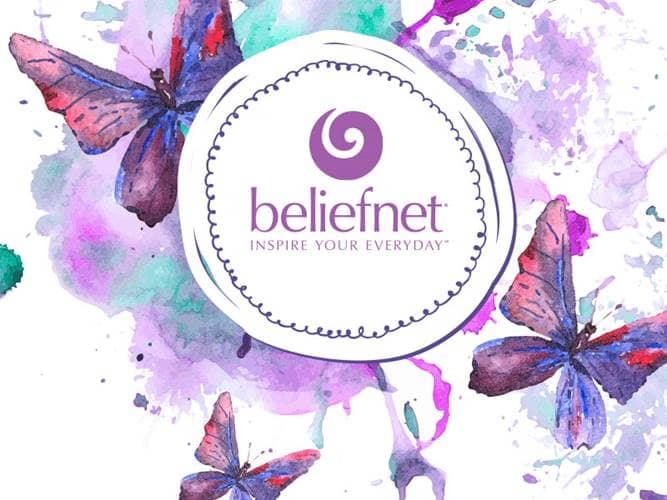Maybe that single, startling fact has helped transform the battle over whether to remove Terri Schiavo's feeding tube from one family's tragic conflict into a dilemma for the national conscience. After all, psychologists have shown in study after study that adults and children are drawn to faces-both human and animal-with wide eyes that call out to us. Our reflexive urge is to protect.
Still, I don't think all the passionate response to this sad case is a simple matter of our cognitive hardwiring. As arresting as we find Terri Schiavo's wide-eyed expression, coming as it does from a person described as in a "persistent vegetative state," there's something more about her plight that has turned her into everyone's stricken loved one-the lost daughter, the spouse beyond reach-who resides in the dark corners of our worst fears.
So many people who have never met the woman, comatose in a Florida hospice since 1990, have taken sides in the struggle between her husband, Michael, who has fought to remove her life support, and her parents, Bob and Mary Schindler, who insist their daughter can be rehabilitated.
She's become the poster person for both "right to die" and "right to life" ideologues. That's to be expected, perhaps. Her condition is so ambiguous that it lends itself to either argument, any argument. She's the blank slate upon which both sides in the culture wars can spell out their arguments. She's the Rorshach test for our most enormous, inchoate existential questions. What is the meaning of life, after all? And who gets to decide when it's worth it?
Daily, countless families faced with life and death decisions for their loved ones quietly choose to withdraw artificial supports. For most of us, death comes behind a cloak of anonymity, beyond the glare of cameras, free from the cacophony of contending advocacy groups.
Terri Schiavo came to public attention initially because of the legal battle between her husband and her parents. But her story stayed with us-ordinary people, not just the ideological warriors-despite the welter of other concerns we move through in our daily lives. Something more than media manipulation is at play, pulling a surprising range of people of all faiths and no faith to one side or the other of the tug-of-war between the Schindlers and Michael Schiavo.
Perhaps our emotional and moral circuitry is set to respond best to suffering when it's particularized. Talk about the millions killed or scarred by the war in Congo, and you don't get much of a response from the average listener. Turn the conversation to Baby Jessica trapped in the well, and you get the country's rapt attention. Millions remained glued to their televisions in July 2002 for news on the fate of 9 coalminers trapped underground for three days.
Like the miners and Baby Jessica-like Persephone in the underworld in Greek mythology, Sleeping Beauty and Snow White in fairy tales-Terri Schiavo is alive but beyond our reach. The heroine in a state of suspended animation keeps us hanging as well. We are drawn to her in the way we gravitate to the classic, archetypal stories that give substance to universal fears and wishes.
Stripped of its legal trappings, Terri Schiavo's mystery is our mystery, the one we try to avoid most of the time. It's about how we measure the inherent value of a particular life-your particular life or mine.
Terri Schiavo can't speak for herself. Into the silence, we project our deepest anxieties about existence and significance. We all wrestle with the meaning of our lives, but we're rarely called upon to quantify it or justify our existence before the court of public opinion. So Terri Schiavo becomes a surrogate for our self-evaluation on some cosmic scale. How would I weigh in if my life hung in the balance?

